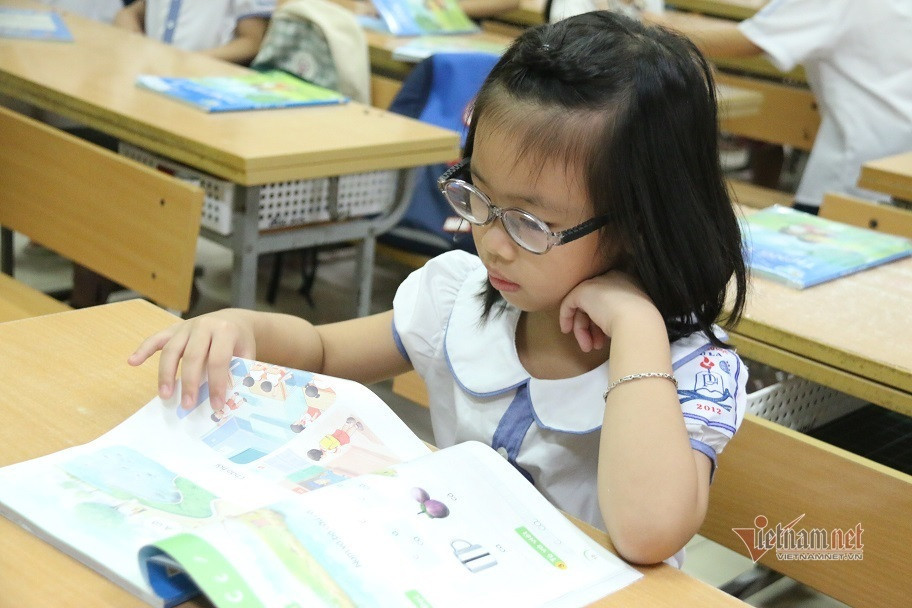
Tung stressed that publishing textbooks for general school students do not bring high profits as many people think.
To publish a textbook, it is necessary to go through eight steps, including building a contingent of authors; building a model which consists of general and detailed outline; compiling sample lessons and experimental teaching, compiling raw drafts and giving opinions to authors; editing the designs; doing an internal audit; conducting a second round national audit; introducing textbooks; and training in the use of the textbooks.
“There are many expense items when compiling and publishing books. The Vietnam Education Publishing House and other textbook publishing houses have to declare prices and clarify the costs that make up the selling prices and we need to get approval from the Price Control Agency under the Ministry of Finance,” he explained.
“We make almost no profit from textbooks. We can only expect profit from other books, such as subordinate books and reference books,” he said.
He said that it is not true that the revenue of VND3 trillion and profit of VND300 billion are from textbooks.
“If publishing textbooks is so profitable, many other publishing houses and private units would jump on the bandwagon,” he said.
He said textbook prices are based on five major factors: manuscript organization costs, royalties, production costs (paper and printing costs), textbook circulation fees (distribution fee), and financial costs (loan interest rates).
The manuscript organization cost of a set of textbooks is hundreds of billion of dong, while the royalty is calculated based on the number of teaching periods (no matter whether the number of print books is high or low). The total royalty the publishing house has to pay to an author for ‘Ket noi tri thuc voi cuoc song’ (Knowledge and life) and ‘Chan troi sang tao’ (Creative Horizon) is about VND70 billion a year.
The production cost is up to trillions of dong, including paper and printing cost. The publishing house now relies on 100 percent of bank commercial loans. The distribution cost is also large.
Tung said that the Vietnam Education Publishing House has a license to publish textbooks, but so do seven other publishing houses. The license is granted by the Ministry of Information and Communications, but only six houses have done this.
Tung said the publishing house plans to reduce textbook prices by 10 percent ahead of the new academic year 2024-2025 by cutting the two most important expense items – manuscript organization and distribution costs.
Thanh Hung